SEPTEMBER, 20, 2021
Let’s Dance! Meet OAAF Dancers Nasser Mhende, Thulani Maluleka, and Jomo Masai

Photos by André Percey Katombe and Ka Man Mak
- words by Ka Man Mak
The Oslo Desk sat down with three dancers during the Oslo Afro Arts
Festival to discuss briefly what dance they were teaching and what
it meant to them.
African or Africana dance is a spiritual practice to communicate
with the universe and for finding one’s own identity, as we have
learned from the lecture by Thomas Talawa Prestø. Hear what these
dancers have to say.
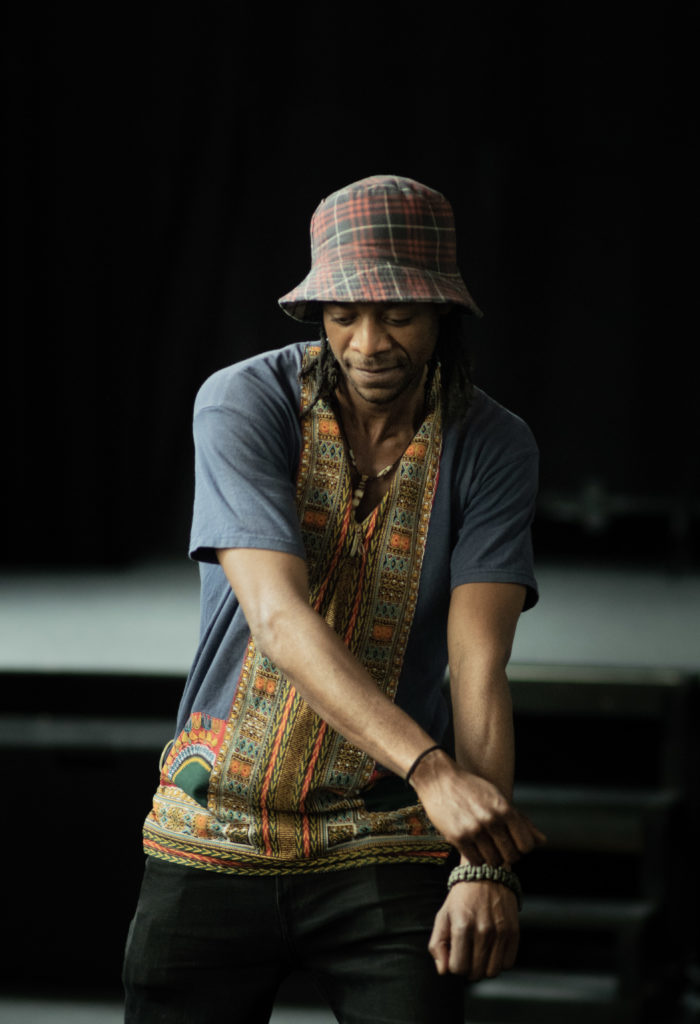
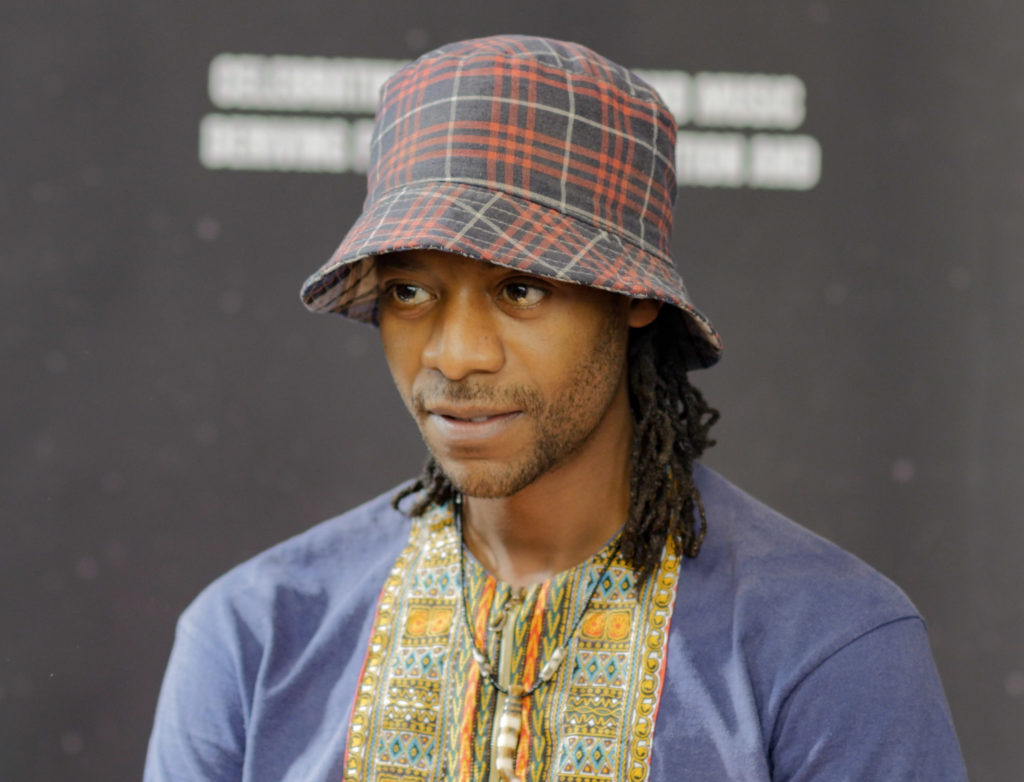
Photos: André Percey Katombe
Nasser Mhende, Afro House dance instructor
Zimbabwe professional dancer and singer songwriter, Nasser Mhende
came to Norway in 2007 to study modern dance at Kunsthøgskolen in
Oslo. He is currently running an artistic organisation called, ‘One
Mic’, a collective of dancers and actors to create music events.
During the Oslo Afro Arts Festival, Nasser and his co-instructor,
Thulani Maluleka, held a youth workshop to teach Afro House dance
steps.
Afro House dance is South African, and is practiced in celebratory
events, such as weddings and birthday parties, “It’s a rhythm that
everyone knows about. South African dance is very rhythmic, everyone
listens to the rhythms and they move to the rhythms in any way they
like, to use their upper body but mostly the feet that follow the
same rhythm.” For Nasser, the dance he taught was more urban.
“Everything is in the feet. You have shakers on the feet as well.
[…] When you go up North [in Africa], its more to do with the body,
where you can’t break it, you have to keep to the same body
movements rhythmically. Whilst with Afro, like the one we are doing
[at the workshop], it’s based on the traditional rhythm steps but
it’s modernised.”
For Nasser, “Dance means freedom. Freedom of expression. Freedom of
movement. Freedom of the body. So, it’s like body therapy. To keep
your body loose.” Through dance, he wanted to bring joy and fun to
those who wish to learn from him.
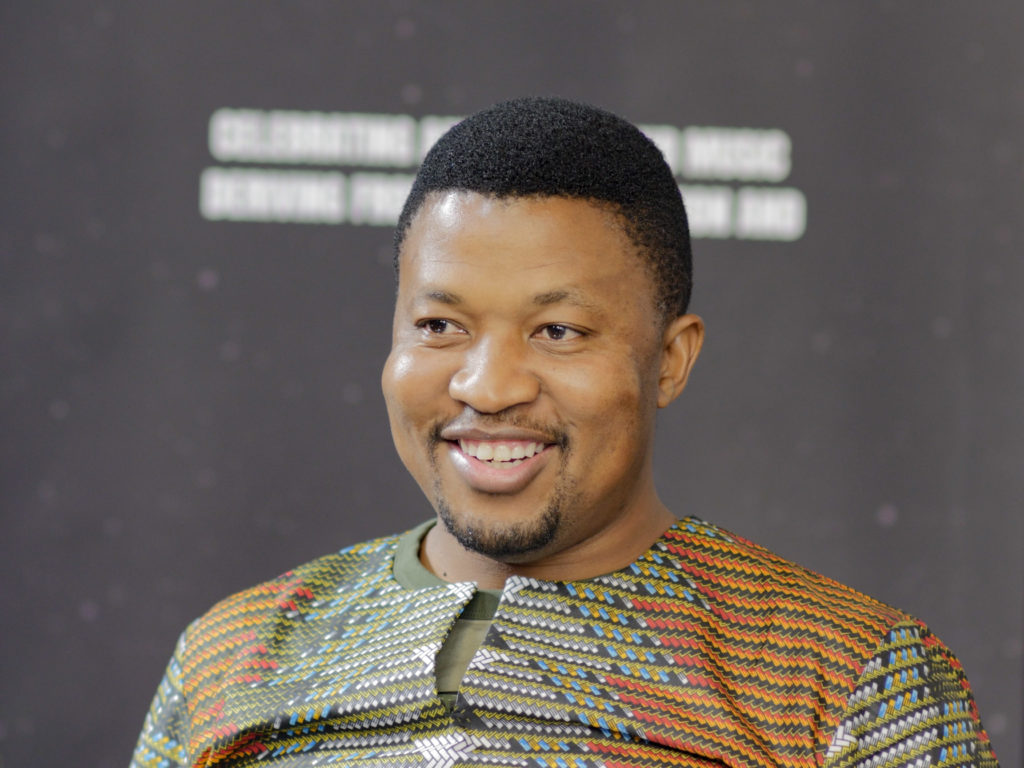
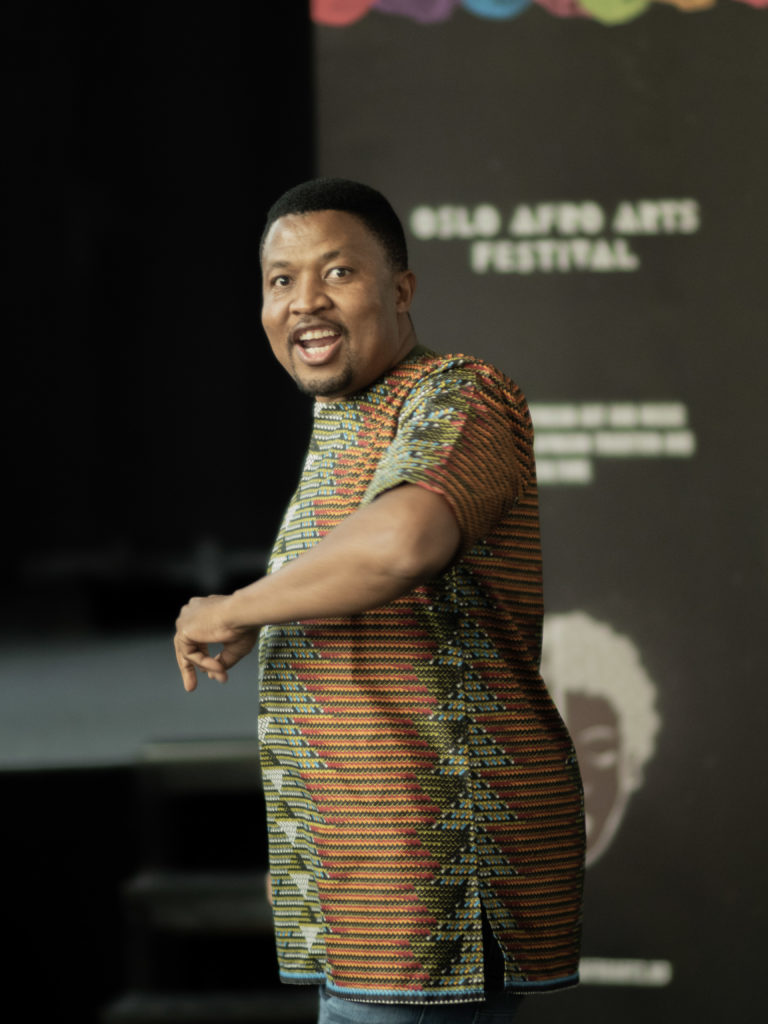
Photos: André Percey Katombe
Thulani Maluleka, Afro House dance instructor
South African dancer and trumpeter, Thulani Maluleka first visited
Norway in 1999 through an exchange program between Norway and South
Africa organised by the Field Band Foundation where they aimed to
teach kids music and life skills. He held a workshop for youths in
Norway and was later asked to return to do more. He has now been
residing in Norway for four years with his family.
The name ‘Thulani’, he started, means to be quiet and enjoy life,
which matched with his big smile and jovial nature. For the
workshop, he said “We mainly focus on simple movements. […] We turn
it to a smooth and nice dance. You know, shaking your body and
enjoying yourself.”
For Thulani, “Dance means equality. […] We can speak different
languages but when we come to dance, we don’t speak anything. We do
the same movements. It’s like when we dance together, we feel equal.
It also means freedom for me. It is where we express ourselves when
it comes to dancing.”
Dance is also used in protests, not because of joy, Thulani
explained, but rather “dance is the way we do things.”
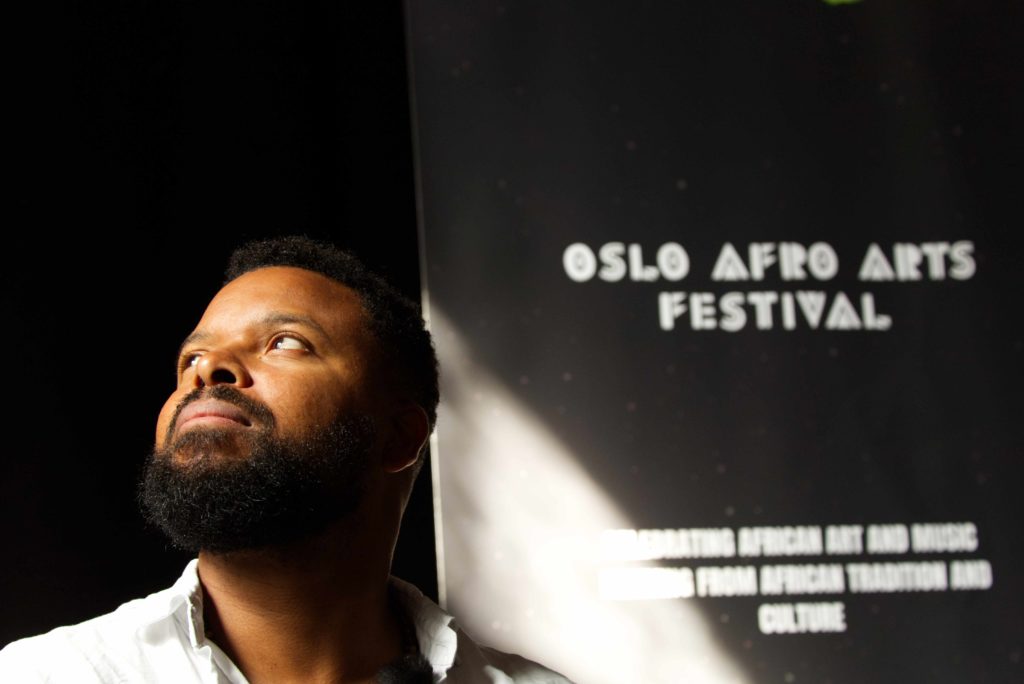
Photo: Ka Man Mak
Jomo Masai, Samba dance instructor
Brazilian professional dancer and choreographer, Jomo Masai started
dancing when he was only three years old. Since then, Jomo has had a
long and successful career in dance and performing arts, and has
travelled around the world teaching and performing samba and other
dance styles. Jomo came to Norway in August 2012, after an intensive
working period in Brazil, and Norway seemed to be a nice place for
him to recharge for a while. He is passionate about teaching and
believes that everyone has something unique and magical to offer,
once you dare to be yourself.
Samba dance while rooted in Brazil, originated from influences of
West African dance practices that were brought to Brazil during the
Portuguese colonisation. When people think about samba, they think
about the carnival said Jomo, so this is what he tried to emulate in
his workshop; connecting it to party without having to inject
something. He also wanted his students to become observers to
reflect on what they could see and to dig deeper to find their
innate samba dance.
“Dance is a feeling. Samba is just another way to express feeling.
So, I like it when people learn different styles in order to
increase their body movements’ vocabulary, body awareness and
intelligence, cultural tolerance, understanding and respect […]. But
in Samba, you can get and give much more of your energy. Your
happiness. Or strength through movements. It’s high tempo. High
speed. But it can also be smooth, slow and extremely elegant. […]”
For Jomo, he has learned a lot of things through Samba and it
allowed him to understand why dance is so important, “I can see the
movements, and I let the movements come into me. Samba tells the
history of my Afro-Brazilian cultural heritage and it runs through
my veins, it shows in my body language, you can see it through the
colour of my skin, in my smile, and in my heartbeat. And even in my
deepest silence, there is a constant movement. My body and soul
dance when I’m sleeping and move when I’m awake!” By travelling
around the world and sharing his own culture, he has gotten to learn
about other cultures and developed a non-judgemental mindset.
“Dance is a non-verbal expression. It connects everything.
Everything that doesn’t have a voice. Doesn’t have a sound.” People
connect through movements. “Eye contact is dance. Touching is dance.
Just touching without eyes is dance. Looking into each other without
touching is dance. Dance is everywhere. And it is connecting
everything.”